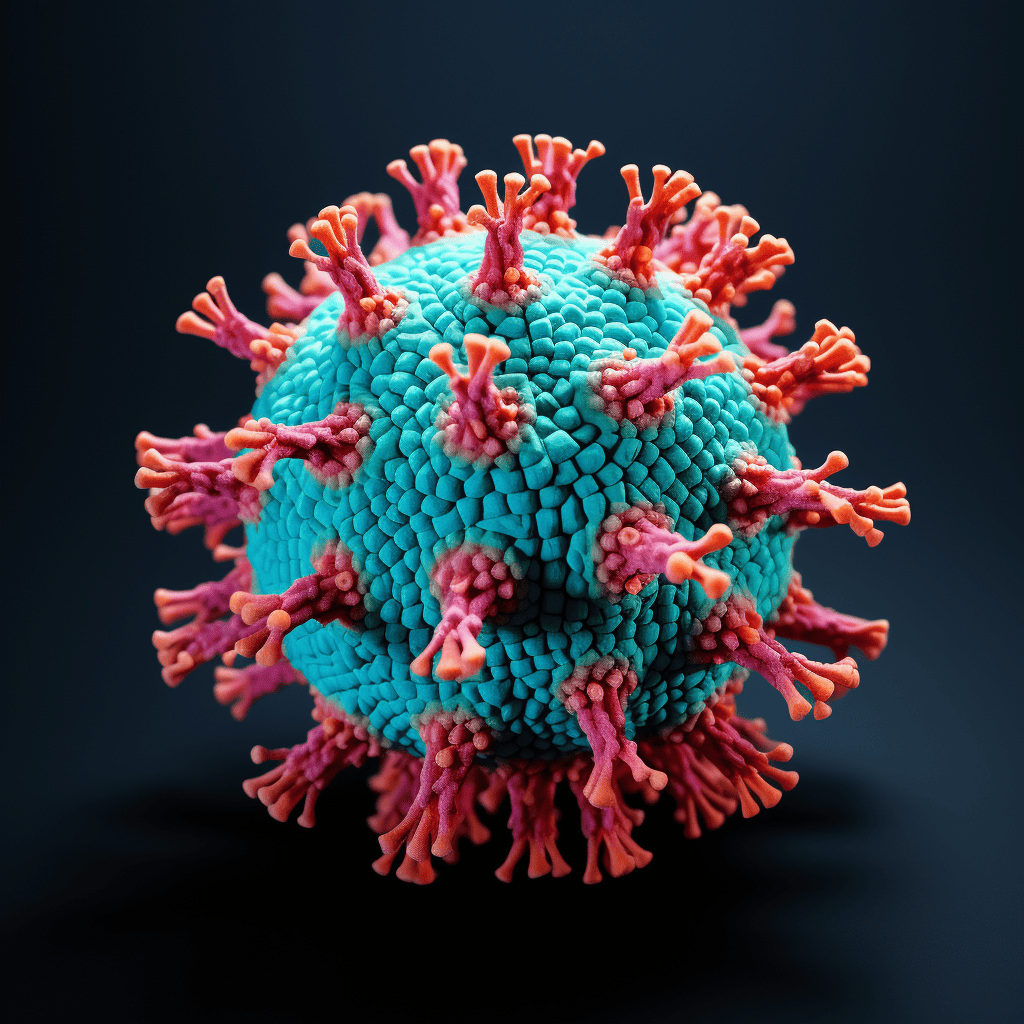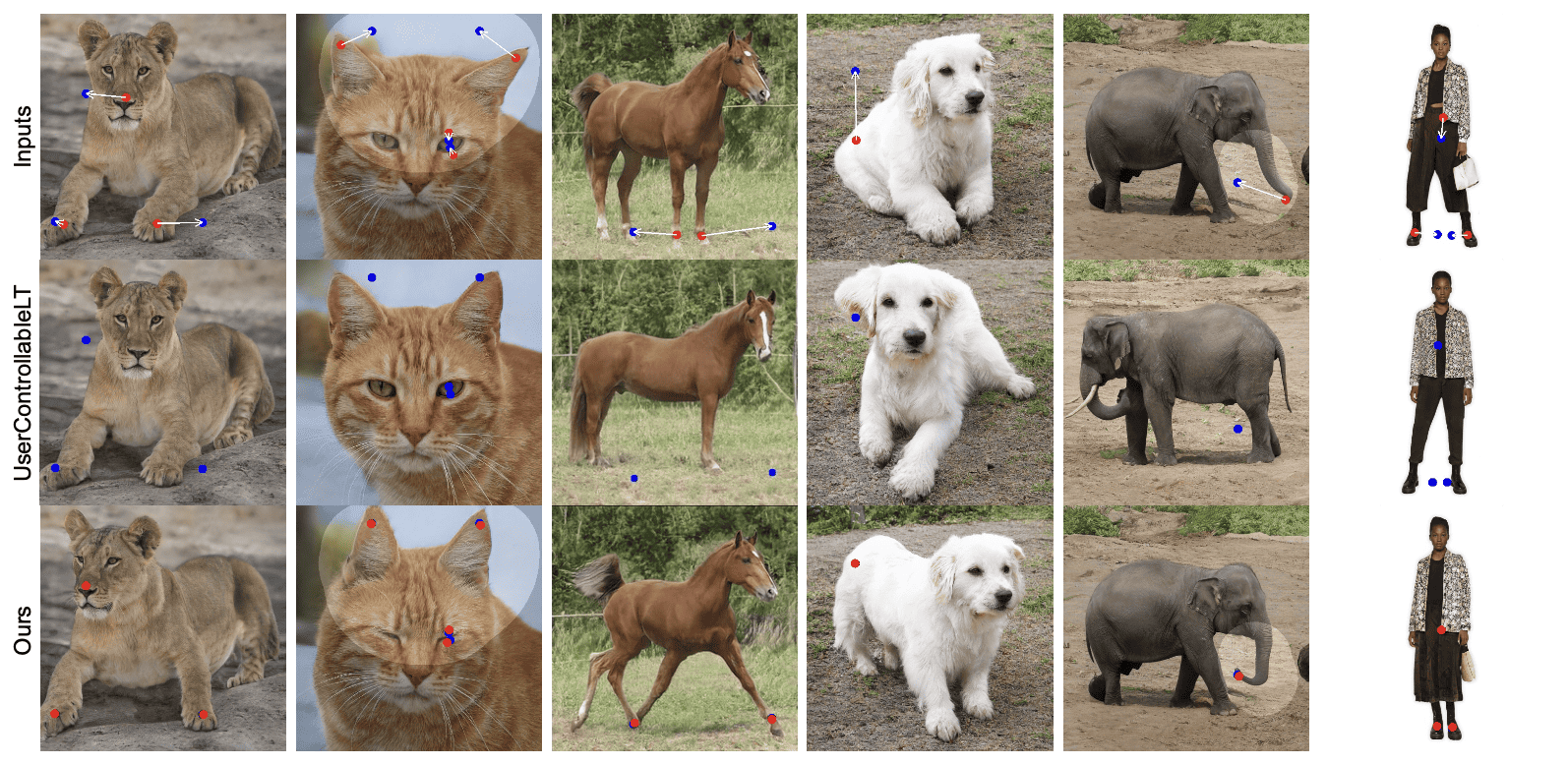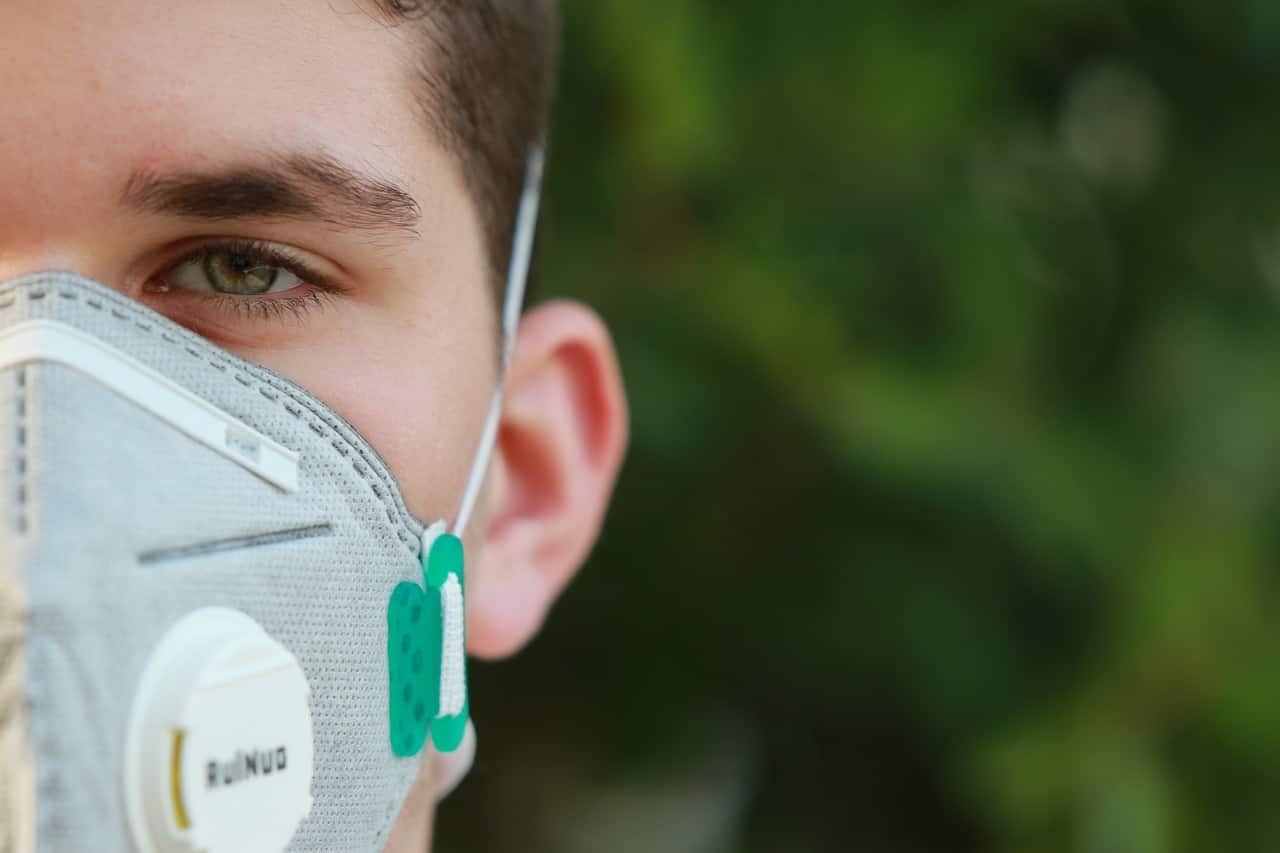
The German Max-Planck Institute has developed a new technique for administering vaccines via the skin instead of injecting them into a muscle. The researchers state that the technique is suitable for all future (SARS-CoV-2) coronavirus vaccines. This was announced yesterday by the Max-Planck Institute in Potsdam, Germany.

The Langerhans cell
According to the researchers, this has a few advantages over the traditional method of using an injection into a muscle. The greatest advantage is that the skin contains what are known as Langerhans cells.
These activate and coordinate the antiviral response in the body. Using this Max-Planck method, these cells can be reached directly by applying the vaccine to the skin or in the skin with the help of microneedles. Another advantage is that the skin is better equipped for a vaccine. That’s because there are more immune cells there than in muscle cells. Last but not least, there are people who abhor long needles.
Christoph Rademacher, who developed the technology, believes that this technique is suitable for all vaccines that use proteins, peptides (amino acid compounds), or mRNA (messenger RNA). So far, this holds true for all known studies on a corona vaccine.
Efficient release of the vaccine
A very specific chemical building block has a pivotal role to play. This makes it possible to dock exclusively on Langerhans cells. Which in turn enables an efficient release of the vaccine. The researchers are now trying to develop a vaccination method by adapting the existing technique to SARS-CoV2 so that it can be rolled out very quickly.







